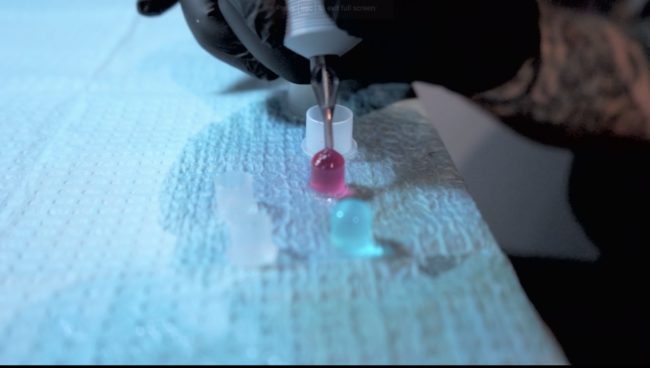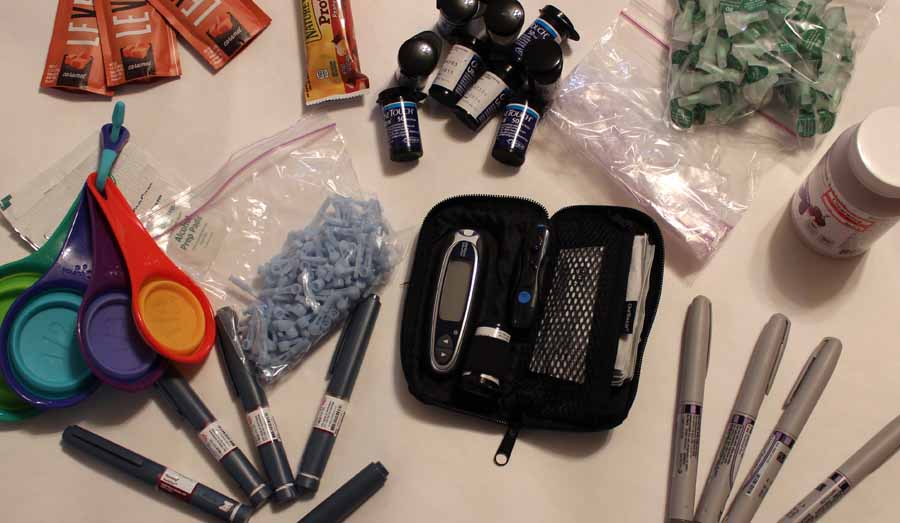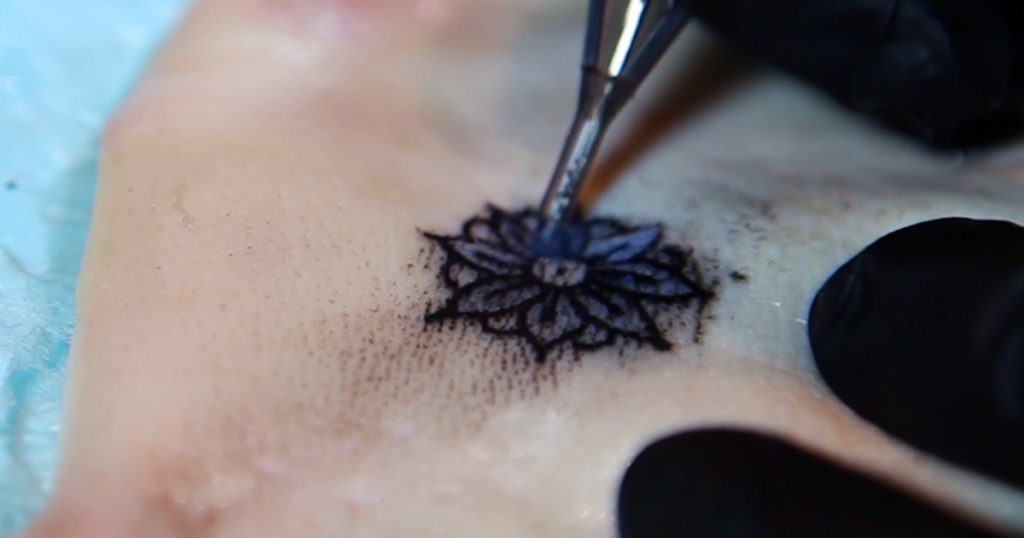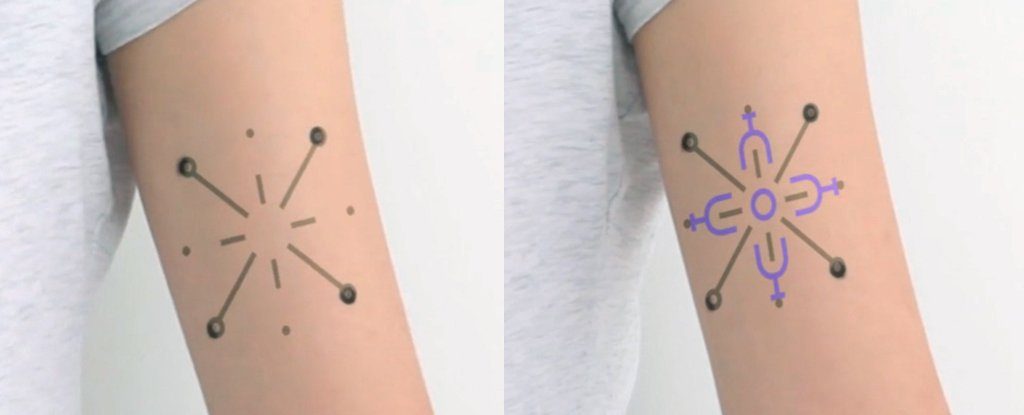The End of Pricks; A Color-Changing Tattoo Could Help Diabetics
LifestyleNewsSkin & Hair May 26, 2025 Damon Mitchell

In recent news, a team of researchers has developed a kind of tattoo which interacts with the tatted one’s body chemistry to measure blood-sugar levels. It may change everything for diabetics.
The life a diabetic isn’t easy, although even close friends may not be aware of hassles diabetics suffer. It’s not convenient to monitor one’s food intake, then measure the blood along the way.
Staying on top of these chores is not only annoying, it’s time-consuming. For some diabetics, it’s worth skipping despite the risks.
If there were a way for them to know their blood sugar levels without doing anything, that would be a money-making enterprise. (There are a very good reason rumors insist that Apple is researching blood-sugar tech for the next Apple Watch.)
Beating them to the punch or at least offering an alternative to wearing a watch, a team from Harvard and MIT may have found a skin-deep solution.
Diabetic Life

Diabetes toolkit | 42ndclass.com
The current reality for diabetics is that for the foreseeable future they have to draw blood with a pin prick, testing their blood-sugar levels every day.
It means carrying around testing equipment and living by the clock. It also means some diabetics have to carry around sugary treats in the case of an emergency.
They may also have to inject insulin, so more equipment, more hassle. Most diabetics, at least type 2, would do anything to go back in time and live healthier lives if it would change their present future.
Reactive Ink
As a joint project, the Harvard and MIT team developed a special ink, which one could tattoo on like any other ink. The ink, called DermalAbyss Ink, contains biosensors. The color in the ink changes in response to variations in one’s interstitial fluid.
“We developed four biosensors, reacting to three pieces of biochemical information in body fluid and changing colors,” said the researchers in a Dezeen article. “The pH sensor changes between purple and pink, the glucose sensor shifts between blue and brown; the sodium and a second pH sensor fluoresce at a higher intensity under UV light.”
One could tattoo the words “Blood-sugar high,” were he so inclined. The ink reacts not only to glucose levels but sodium and pH, meaning it may have application beyond diabetics.
On top of other hurdles, what remains to be seen from this ink is how it holds up in the long run. A challenge for today’s tattoo fanatics is fading and blurring.
What will reactive ink tats do as they age? Will they fail in a few years? That’s not such a bad thing for someone who likes getting new ink all the time. It still beats daily pricks. We would start to diabetics as those tatted-up folks.
Prospective Future
Given the option to wear a watch or some such wearable versus nothing at all, diabetics might prefer the easier option.
Sure, tattoos hurt for a minute, but diabetics are no strangers to needles and pricking the skin. A tat would be the one-shot-and-done.
At present, the research team behind Dermal Abyss Ink has many miles to travel before their product hits the shelves. It will take more than a cool idea to pass muster with the FDA.
Their proof of concept is still in the pig skin phase, where it has been successful, but human trials will be clutch.
Perhaps it’s something in the water at MIT. If you remember, this is the same school that turned out the metallic temporary tattoos last year, which can interact with one’s smart devices.
They called that one DuoSkin. The two names make for good branding as if someone is planning this from behind the scenes. Who knew the nerds at MIT were so cool?

